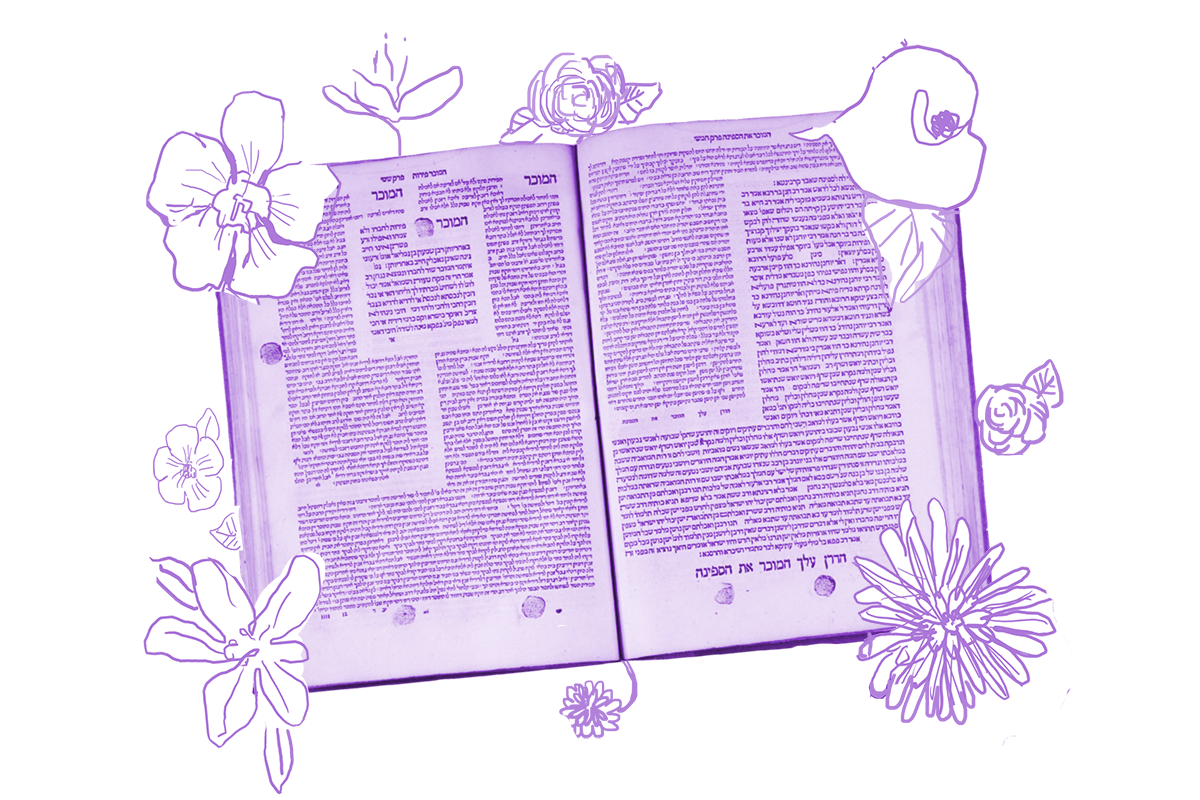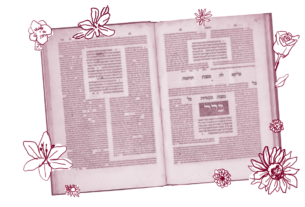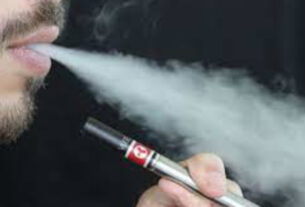
Yoma 75
According to the Book of Exodus, manna (an edible substance that God provided to sustain the Israelites as they wandered through the wilderness) was delicious: “Its flavor was like wafers made of honey.” (Exodus 16:34) Yum! Today’s daf highlights one of the less tasty, but no less important aspects of the manna as the rabbis imagined it — its connection to ideas of justice and righteousness.
Rabbi Yosei says: Just like the prophet would tell the Jewish people what was in the holes and what was in the cracks, so too the manna clarified for Israel what was in the holes and what was in the cracks.
Manna, according to Rabbi Yosei, had a way of shining light on hidden truths. How so? The rabbis explain that manna fell in quantities appropriate for each household. So by counting how much manna a certain household received, one could determine how many people were actually part of that household. This kind of determination could help resolve a number of conflicts. One example that is cited is the case of a widow or divorcee who quickly remarries and gives birth seven months later. Who is the biological father of the child? In the desert, the manna functioned as a kind of paternity test — if the infant’s portion of manna appeared at the tent of the first husband’s family, that was a divine sign that the infant was full term when it was born and so was the biological child of the first husband. If, however, it appeared at the tent of her second husband, that was proof that the infant had been born prematurely but was the offspring of the second husband. In this case, no one is trying to do the wrong thing, but they are missing the key information that they need to figure out issues like inheritance.
Another example on today’s daf resolves a conflict in a “he said, she said” case:
A man and a woman came to Moses for a judgment, he saying: “She sinned against me,” and she saying: “He sinned against me.” Moses would say to them: In the morning there will be a judgment. The following day, if her portion was found in her husband’s house, it would be clear that she sinned against him. If her portion of manna was found in her father’s house, it would be clear that he sinned against her.
The rabbis imagine that, like a prophet, the manna can communicate to the court (in this case, Moses himself) what the facts of the case really are.
But perhaps even more impressively, they also think that, like a prophet, the manna can communicate to each of us who we really are:
For the righteous, their manna fell at the opening of their homes. The average people went out of the camp and gathered what fell there. The wicked had to go about farther to gather.
Outside of supervillain monologues in movies, few people see themselves as bad guys. Most of us are, in our own thinking, the good guys. This midrash explains that the manna told the Israelites exactly who they really were — that each person was confronted with their true nature every morning when they woke up and went to collect their portion. The manna was a mirror, reflecting the good, bad and ugly of each individual.
But while this idea is scary, it’s also profoundly positive. Today’s daf also teaches that the manna was “white because it whitened Israel’s sins.” After all, seeing reality is a gift that allows us to see where we have room to grow. Honestly recognizing our full selves every day is meant to encourage us to continue to do better.
Read all of Yoma 75 on Sefaria.
This piece originally appeared in a My Jewish Learning Daf Yomi email newsletter sent on June 25th, 2021. If you are interested in receiving the newsletter, sign up here.
The post Yoma 75 appeared first on My Jewish Learning.








